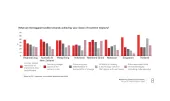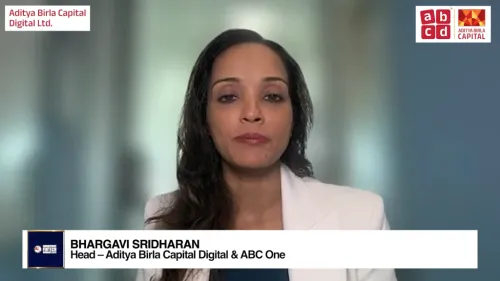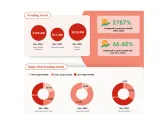
What is best practice when setting up an in-house bank?
By Ray SuvrodeepThe first step in setting up an in-house bank is to define its strategic purpose.
As companies in Asia expand their regional and global operations, the complexity of managing liquidity, intercompany flows and banking relationships across multiple jurisdictions increases significantly.
To address these challenges, many corporates are setting up in-house banks (IHBs) as a means of centralising control, streamlining cash and risk management, and reducing costs.
An in-house bank functions as a strategic treasury platform - it enables companies to take on roles traditionally performed externally, including intercompany lending, centralised payments, FX risk management, and internal funding.
Many corporates across Asia are now at various stages of designing and implementing in-house banking structures to support their evolving treasury needs.
Whilst the benefits can be compelling, establishing an IHB is a complex undertaking that demands careful planning, close cross-functional collaboration, and a clear understanding of regulatory and operational considerations.
After working with many clients across markets and industries on this journey– most recently a Japanese multinational in the beverage industry– there are some important best practices to consider.
Structure and governance
The first step in setting up an in-house bank is to define its strategic purpose.
Finance and treasury leaders should identify both financial and operational objectives. These may include measurable cost savings such as the elimination of external bank accounts, each of which typically costs around $5,000 per year when factoring in administrative overhead, and productivity gains from consolidating intercompany settlements and improving cash visibility.
The IHB must be built on a solid legal and regulatory foundation. Legal teams will need to evaluate how the proposed structure might impact the group’s tax profile, particularly in relation to the risk of inadvertently creating permanent establishments (PEs) in certain jurisdictions.
Cross-border arrangements require detailed analysis to ensure they do not trigger unintended tax or compliance obligations.
At the same time, group accounting teams must assess how the in-house bank’s activities will be reflected in both consolidated financial statements and local statutory accounts. From intercompany loans to centralised FX hedging, all transactions must be accurately reported and aligned with relevant accounting standards.
Clarity around governance is equally important.
The introduction of an in-house bank changes the operating model of group treasury and local finance functions. It is essential to delineate responsibilities, who does what, and where decision rights lie.
This may involve redefining reporting lines, establishing new control frameworks, and assessing whether existing staff have the necessary skills to support the new model. In some cases, reskilling or hiring will be needed to meet operational demands.
Policy and process
The success of an in-house bank depends on how well it integrates into the broader corporate treasury framework.
A clear, group-wide treasury policy should define the role of the IHB, the services it provides to internal counterparties, and the processes for managing cash, liquidity, payments and intercompany financing.
Critically, the roles and responsibilities of local finance and treasury teams must be aligned with the new structure. This includes determining the level of autonomy retained by subsidiaries, the approvals required for accessing central funding, and how treasury risks are escalated and managed across jurisdictions.
It is also important to align the governance of the in-house bank with the oversight structures of the wider organisation.
Boards of directors, local management teams, and the group treasury must share a common understanding of the IHB’s remit, compliance obligations, and reporting requirements. Without this clarity, inconsistencies may arise, weakening the control environment and undermining the very benefits the IHB is designed to deliver.
Technology
Technology is the engine that powers a successful in-house bank. From treasury management systems to ERP (enterprise resource planning) platforms and external banking interfaces, the IHB relies on seamless data integration, automation, and real-time visibility to function effectively.
The objective is to deliver bank-like services internally - such as managing payments, receivables, intercompany lending, and FX exposure - whilst ensuring compliance and control. Achieving this requires a carefully orchestrated ecosystem of systems and processes that connect internal and external stakeholders.
Companies should work closely with their technology vendors and partners to ensure the chosen platforms support the required functionality, security standards and scalability.
Treasury policy should guide technology choices, not the other way around. Importantly, the IHB should be designed with future growth in mind—able to adapt to changes in group structure, onboarding of new markets, and evolving regulatory and digital landscapes.
For Asian corporations with multi-jurisdictional operations, an in-house bank can unlock significant strategic and operational value. But this value can only be realised through deliberate planning, cross-functional alignment, and a long-term commitment to building a central treasury capability that is agile, compliant and fit for the future.



















 Advertise
Advertise










